Let’s get to know it.
Supplies: As with any serious touch-up kit, there are a lot of materials. The box for my black Bronco (color code M1724A) includes prep solvent, rubbing compound, sandpaper of various grits, rubber gloves, a tack rag to pick up dust, pretaped plastic to block messy overspray (like blue painter’s tape for your car), and cans of primer, base coat, and clear coat. It all suggests a lot of work, which turns out to be accurate. I watch one of Automotive Touchup’s how-to videos and print out the instructions. I bring everything outside, then pick the most unsightly scratches and a rust spot on the hood. I wipe them with the solvent and rag, then tape a perimeter to protect my cherished Eddie Bauer fender badge.
STEP 1: ABRASION
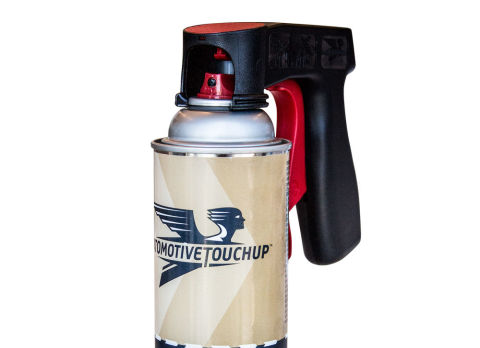
Ida Garland
On to the sprays. First is the black-tinted sandable primer. It fills in the sandpaper scores with something that resembles the original black, instantly reassuring me. I add three coats to the metal in total, waiting five to ten minutes for each to dry before applying the next. This is a running theme of touch-up work: Spend two minutes painting and then ten minutes waiting to do another two minutes of painting. In this manner, a man could, hypothetically, consume several Founders All Day IPAs in the course of a job.
STEP 3: COATING
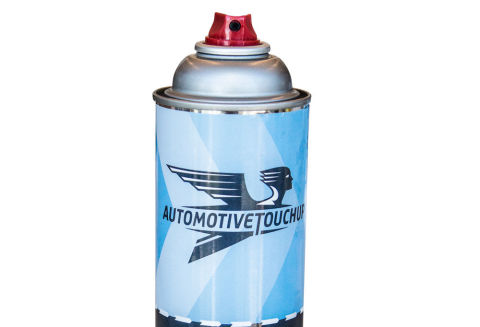
Ida Garland
Primer gives way to base coat, which means more aerosol cans. Each application seals in the pigment and protective layers beneath. Between sprays, you sand with ever-finer paper. By the end, you’re wet-sanding with 1,500-grit, which feels smoother than a sheet of construction paper. At each interval, you get closer to a factory-finish gloss. The last clear coat finalizes your work with a shiny shell.
Step 4: RESULTS
Jamie Wilson
The clear coat dries overnight, and I hit my handiwork with the rubbing compound to bring out the shine. And shine it does, which brings me to an unexpected dilemma: The touch-up work looks better than the original paint. Inevitably, nine layers of new paint look better than decades-old factory black. For the job overall, I say, success. In fact, too much success. The instructions say an all-over wax will help it blend. Final step: Give it hell with the orbital buffer and hope it blends.
*This article originally appeared in the September 2016 issue of Popular Mechanics
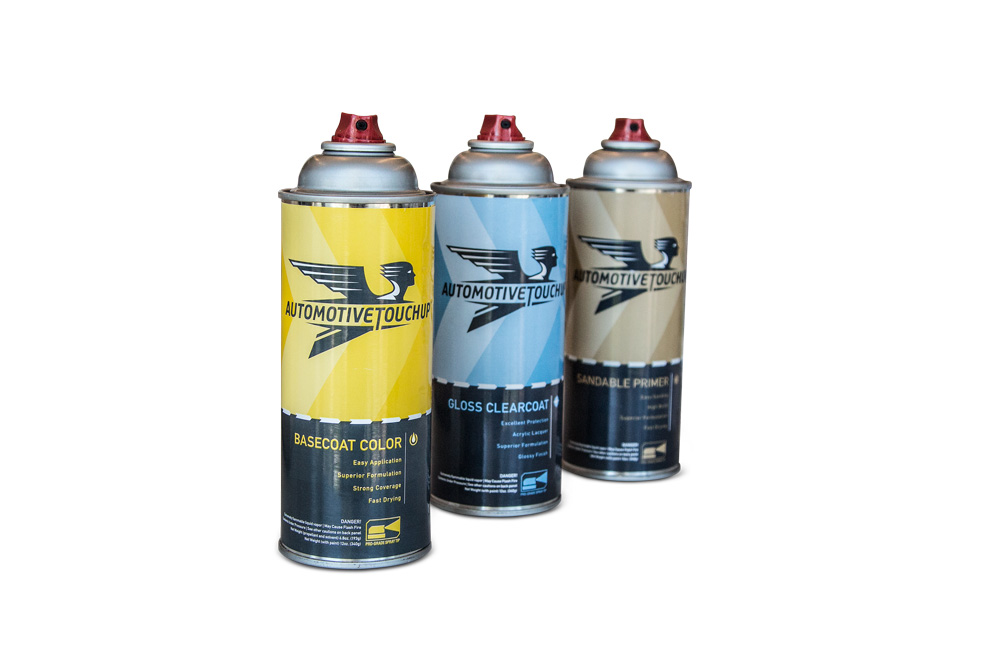
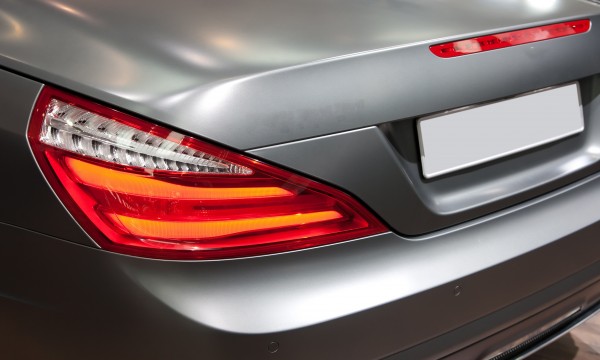
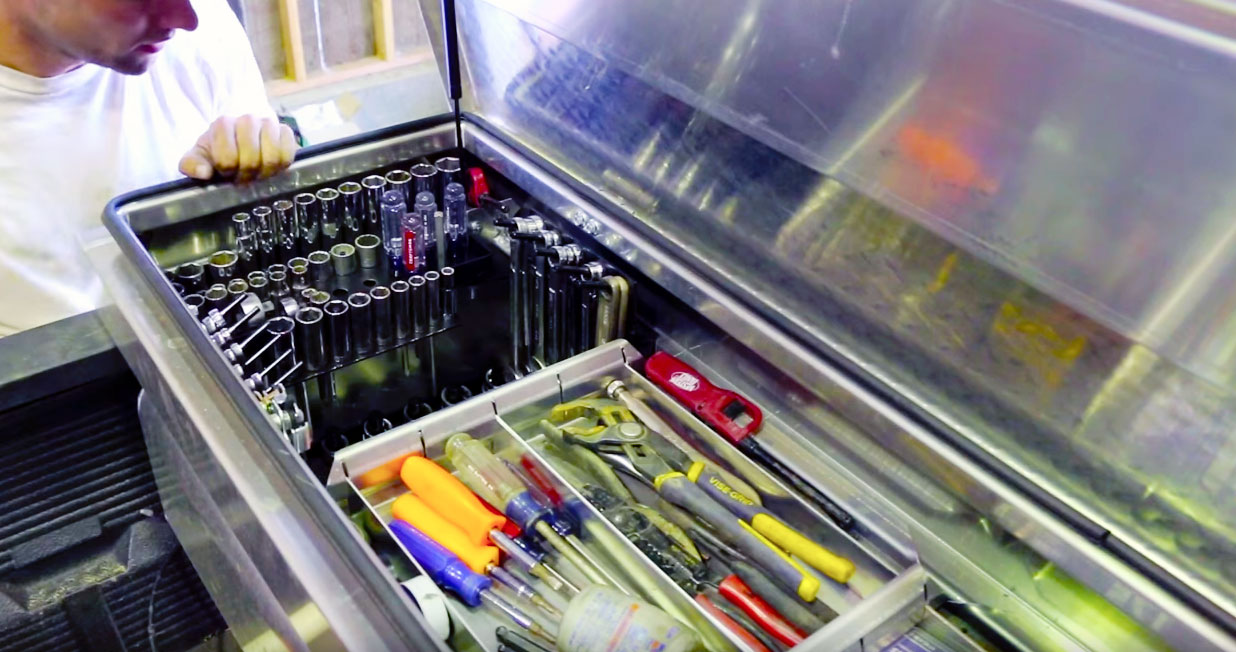
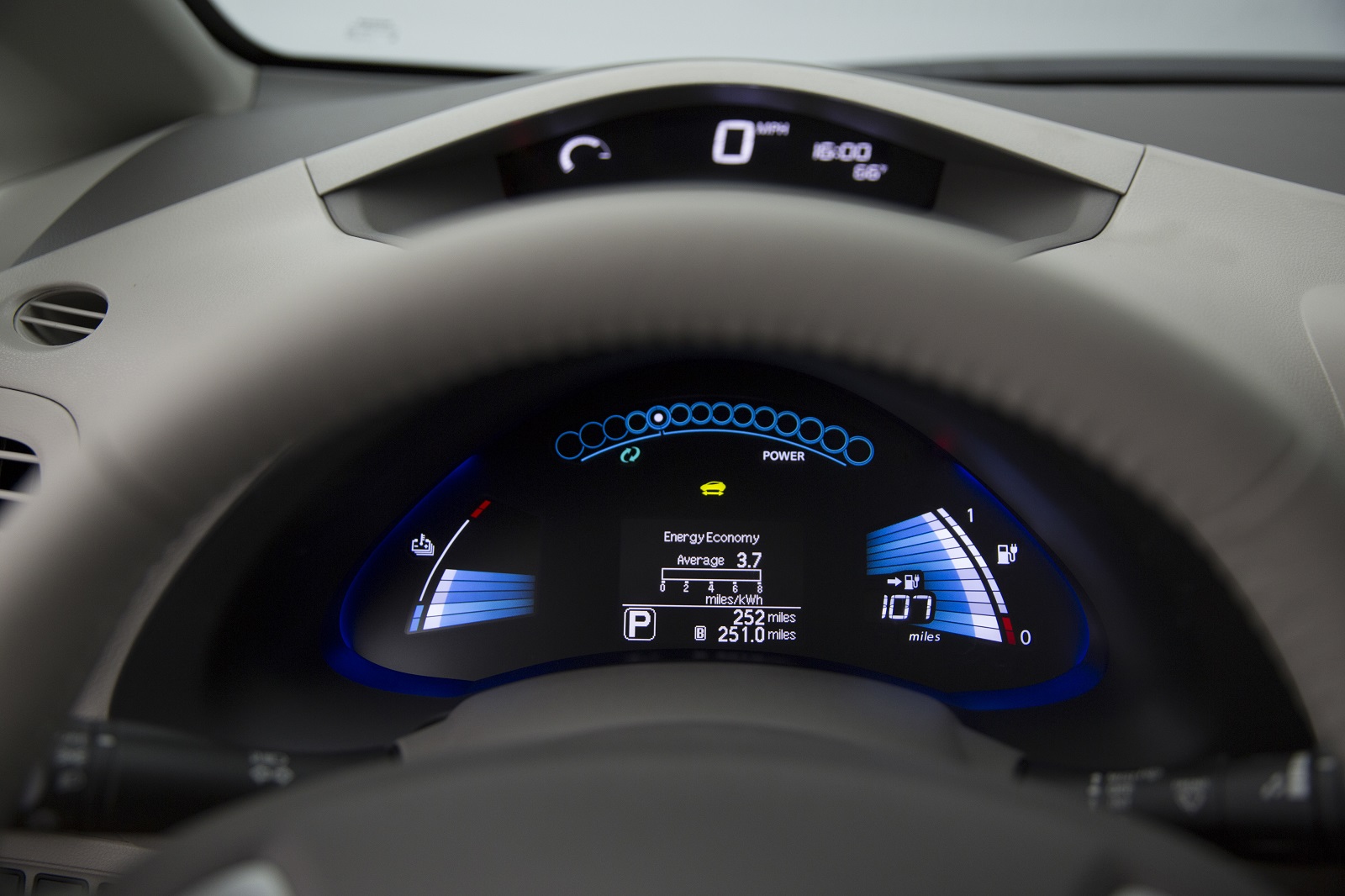
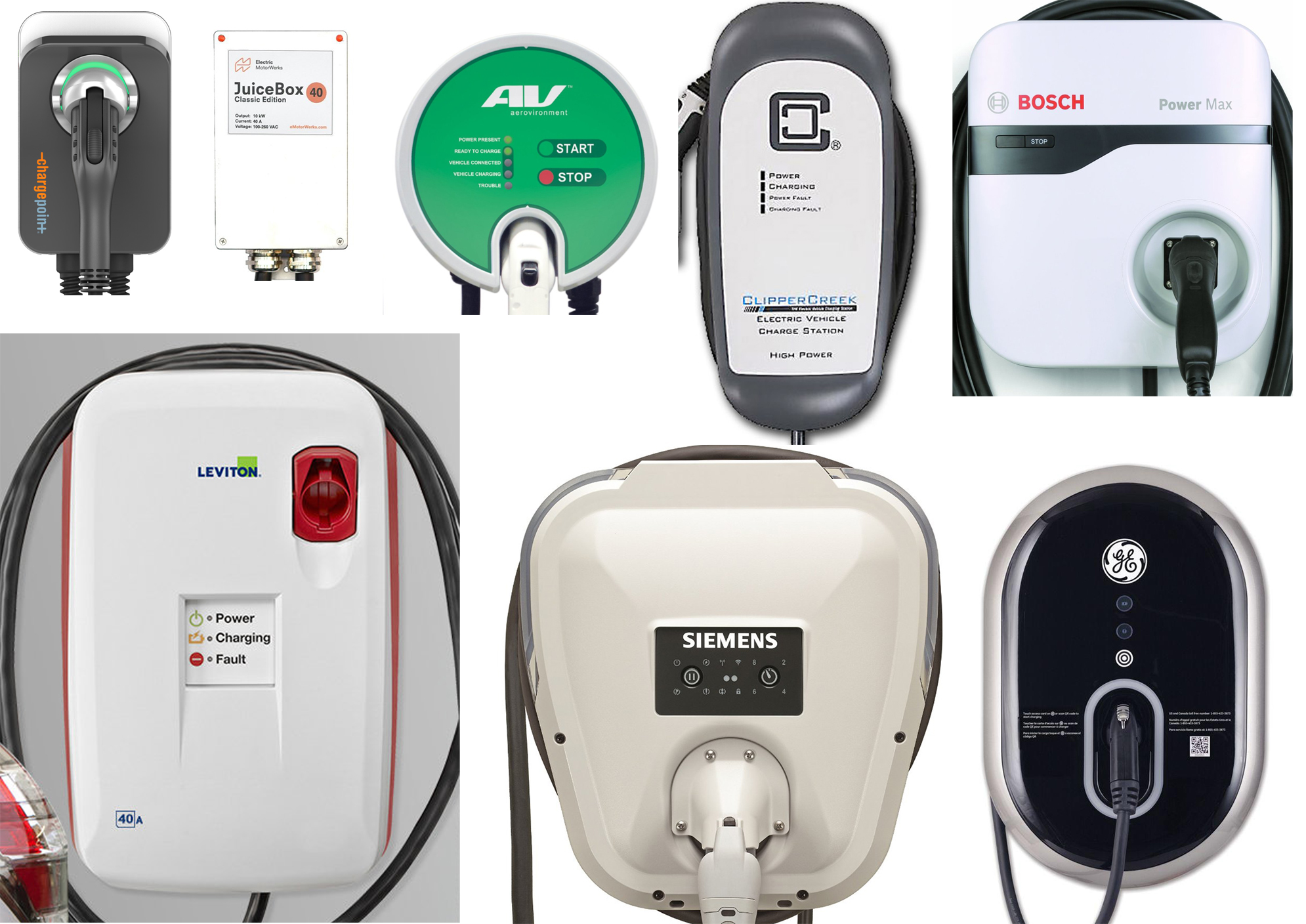
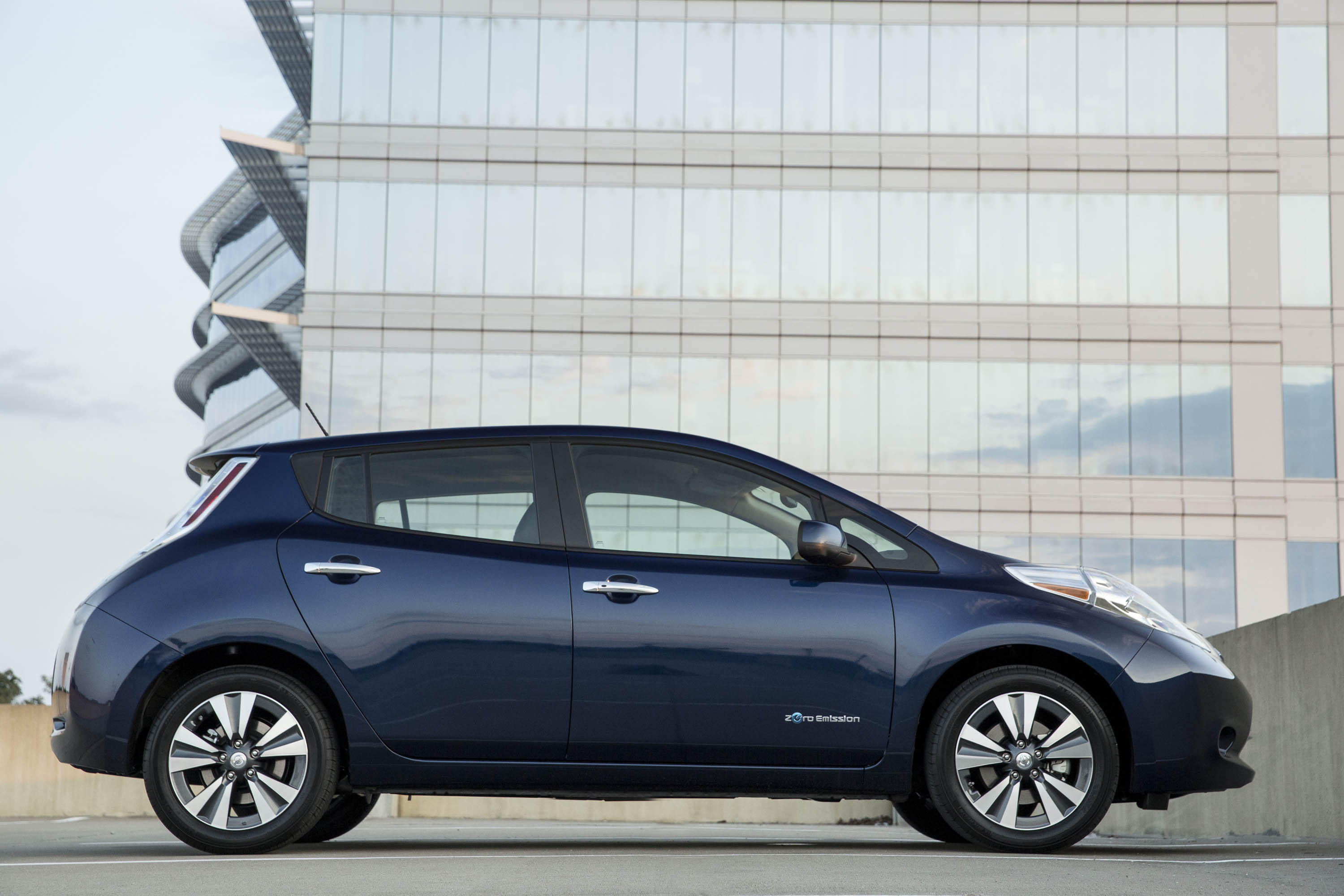
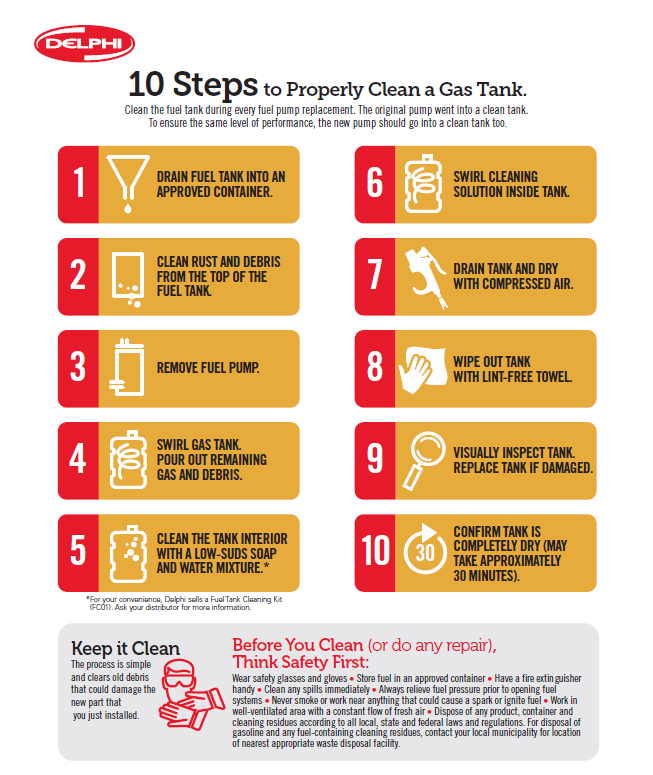
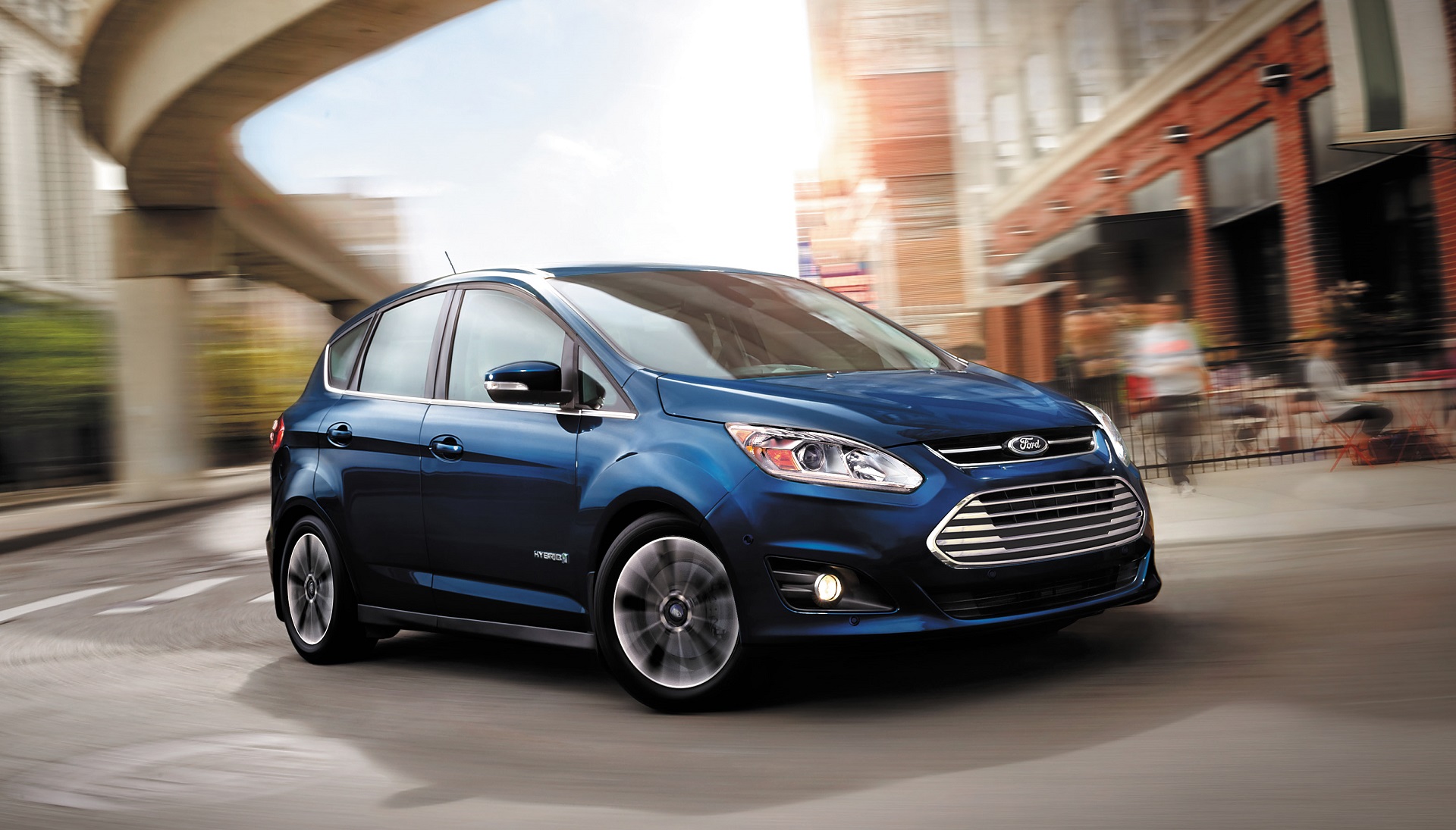
Recent Comments